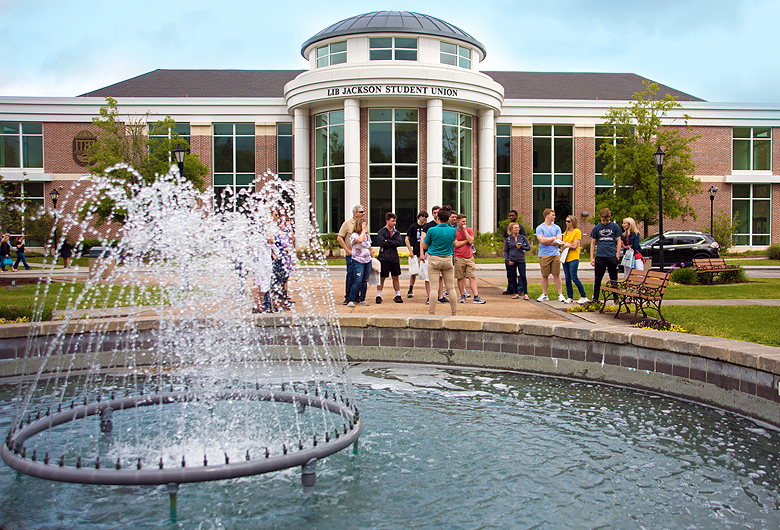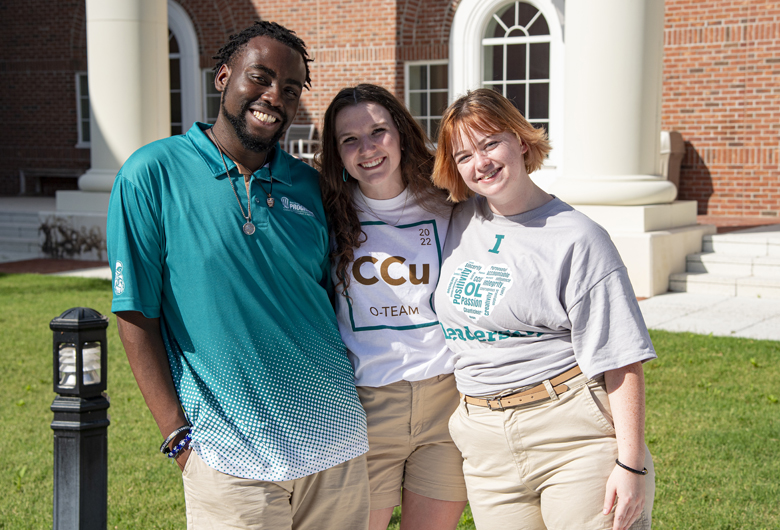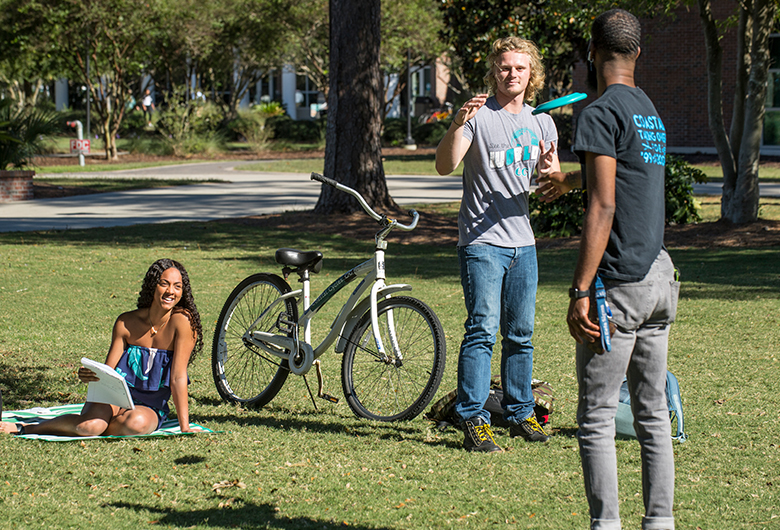The Strategic Planning Process
The Strategic Planning Process enacted to arrive at the 2016-2021 strategic plan involved broad inclusion of campus community member input, along with the creation of a Strategic Planning Steering Committee and task forces. Inputs to resource planning included:
- A website was created to archive all resource materials for campus community review, and a question of the week was used in the early phases of the process to generate ideas for focal topics or areas of concern, with the summary of the feedback received through this venue posted weekly on the webpage during Fall 2015 and reviewed by all committee members;
- 389 students participated in a survey about their expectations for the focus of the University in the next five years and the areas upon which they hoped the University would continue to build;
- 284 alumni participated in a survey exploring what they thought the University did well for them and what it should focus on in the next five years as it sought to continue to grow, and an alumni executive board focus group was conducted and results summarized;
- 11 focus groups were scheduled and feedback summaries generated between late October and early November 2015 which included faculty from four ranks (untenured/tenure track, tenured, instructor/lecturer and senior instructor/senior lecturer) in invited and open focus groups through which 45 faculty participated (6.87 percent);
- 11 focus groups were scheduled and feedback summaries generated between late October and early November 2015 which included staff from four ranks (grounds/facilities, support, professional, and part-time/time-limited/temporary) in invited and open focus groups through which 69 staff participated (5.4 percent);
- Interviews were held with 15 top administrators at the University and feedback summarized for review in this process;
- A focus group was held with the Board of Trustees in October 2015 to review their concerns and expectations related to the University over the next five years;
- Multiple briefings were held with Faculty Senate, Student Government Association and Staff Advisory Council;
- Review was made of the Feel the Teal® SWOT analysis;
- Multiple reports were accessed and/or generated to support committee review of the progress of CCU on a number of key indicators, as well as peer and aspirant achievement on these measures;
- To encourage as transparent a process as possible, agendas and minutes of all strategic planning steering committee meetings and task force meetings were posted on the webpage, and all reports consulted were posted on the Resource page of the Strategic Planning webpage to enable ease of reference for campus community members;
- Feedback on the goals and objectives approved by each task force for each strategy was available for campus community feedback for a minimum of 10 days prior to the Executive and President’s Council Retreat;
- 44 comments were received through campus feedback and adjustments made to the goals and objectives based on those points of feedback;
- The Executive and President’s Council Retreat was conducted on March 15, 2016, and accountability and timelines were approved for 74 objectives (several were compressed and a few removed);
- All task forces reviewed these adjustments, some additional accountability areas were suggested, and amended sets of goals and objectives were endorsed;
- After review and editing by the Strategic Planning Steering Committee, campuswide comment was requested. A total of seven comments were received and minor adjustments were made to the document before it was shared with request for endorsement to Student Government Association, Staff Advisory Council and Faculty Senate;
- The plan was endorsed by a majority vote of the Student Government Association on April 18, 2016; unanimously endorsed by the Staff Advisory Council on April 21, 2016; and passed by a vote of 50 for, 0 against, and 5 abstaining in Faculty Senate on May 4, 2016; and;
- The plan was approved by the Board of Trustees with no objections on August 12, 2016.





